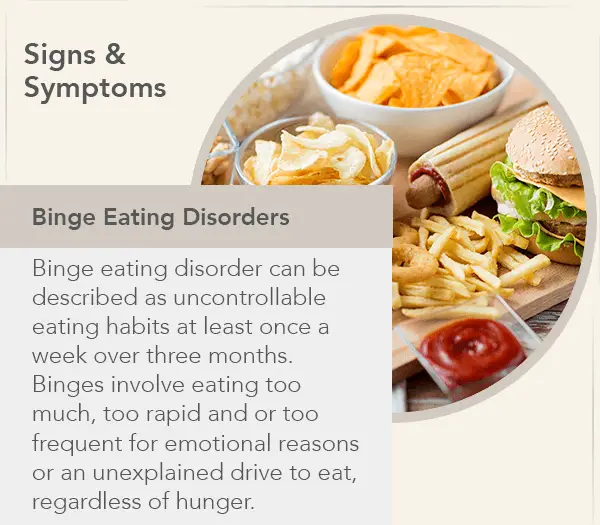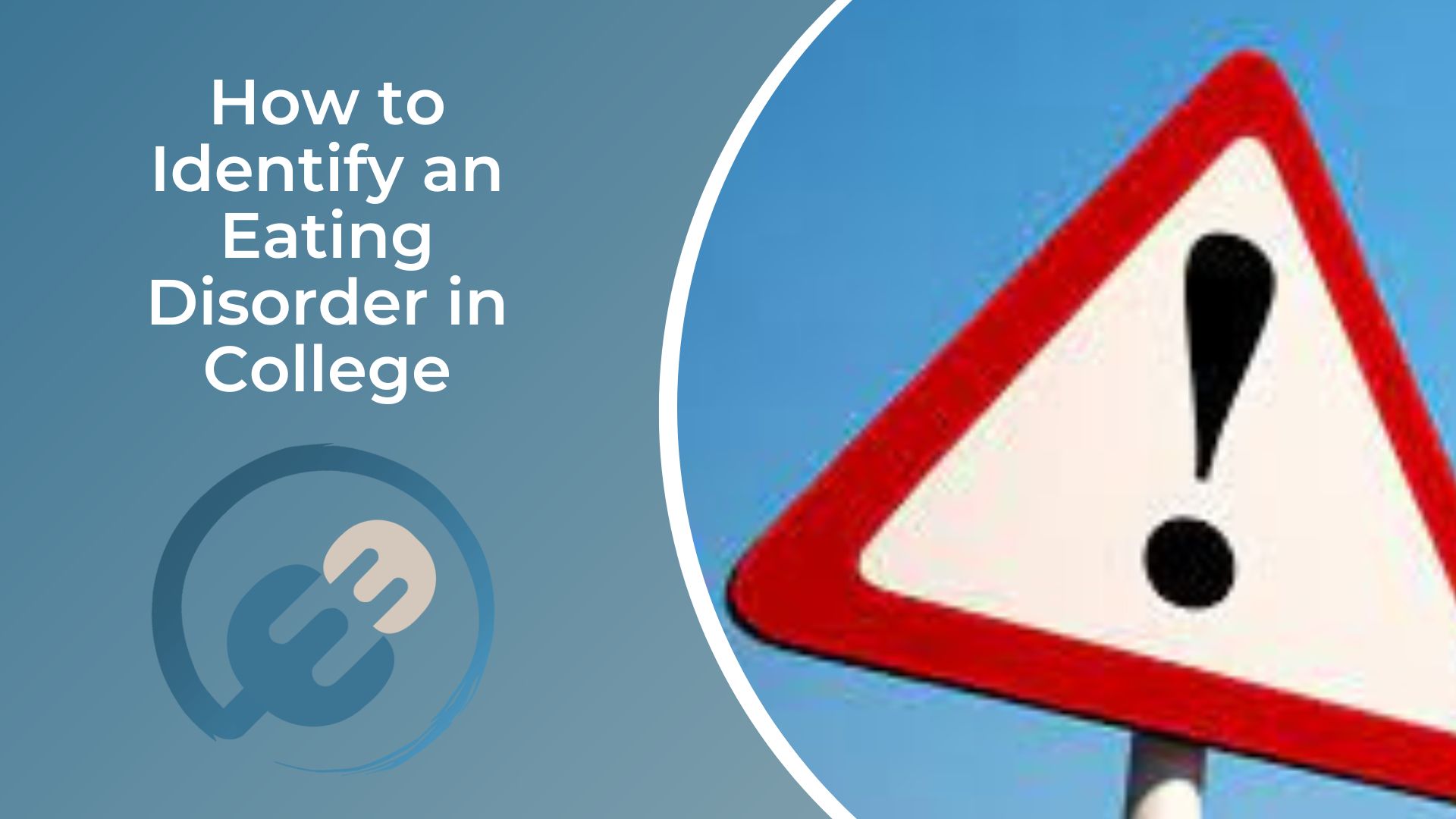Although college students are open to new acquaintances and experiences, they are also most vulnerable to complex mental illnesses due to the many challenges of attending college.
These include anxiety, depression, and eating disorders, which are especially common between the ages of 18 and 21. These issues can be exacerbated by academic pressures, social concerns, and the lack of support that students may not have had in the past.
Whether you’re a college student searching for potential risk factors or a parent or friend looking for warning signs, this article will help determine if you’ve developed an eating disorder.
Also, understanding the risk factors for eating disorders is an important first step in prevention. Keep reading to find out more!

Top 6 ways to tell if you have an eating disorder
There are many common symptoms of an eating disorder, including emotional, behavioral, and physical. Let’s take a look at the most popular ones.
1. Low energy levels
Low energy levels can be indicative of an underlying eating disorder or nutrient deficiency. Such people might often feel weak and suffer from tiredness. Also, they may be unable to complete basic tasks, such as doing research or writing an essay, without feeling worn out or exhausted.
Therefore, these people will turn to a college essay writing service instead of doing their homework themselves. Low energy levels limit their ability to keep up with their daily obligations. Although it’s fine to prioritize and delegate some of your assignments, tiredness to the point of not being able to finish homework is not.
2. Change in eating habits
Weight loss, dieting, and food management are typical behaviors and attitudes that suggest an eating disorder. This is especially true for young women, who are bombarded with images of an ‘ideal body.’ However, there are some other specific signals to be aware of to identify the problem. These can include:
- a preoccupation with calories and fat content of foods, leading to avoidance of certain foods, progressing to restrictions on entire food categories;
- food rituals, such as eating only a particular product or food group, excessive chewing, and cutting or dividing food into small pieces;
- feelings guilty or ashamed about eating, especially when around others;
- eating alone and hiding food;
- skipping meals;
- eating when there is no feeling of hunger;
- eating to unpleasant sensations;
- experiencing depression, disgust, or guilt after eating.
3. Increased attention to the amount of food consumed
Another sign of developing an eating disorder is increased attention to the amount of food consumed. People may become more concerned about counting calories or carbohydrates, limiting their portion sizes, and taking extreme measures such as diet pills or laxatives.
Nevertheless, while they may make people feel ‘lighter,’ using laxatives for weight loss is neither safe nor effective. Not only can they cause severe dehydration and imbalances in electrolytes, but long-term use of laxatives can cause significant damage to the intestines, leading to chronic constipation.
4. Extreme concern with your body size and shape
Another indicator of an eating problem is body insecurity, an extreme preoccupation with body shape and size, and negative or obsessive thoughts about one’s body. This insecurity can lead to a variety of unhealthy behaviors, such as dieting, overeating, purging, and extreme exercise.
Often, people devote more attention than normal to diets or weight loss, possibly through a strict or intensive exercise routine. Additionally, people with body insecurity might have a distorted view of their body size and shape. As a result, they will constantly worry or complain about their weight or believe they need to lose it.
5. Changes in appearance
Changes in appearance are one of the most visible signs of an eating disorder. A person may have significant weight loss or gain, become extremely thin, or constantly wear clothes that hide their body. They may also deny having a low body weight.
Other physical signs include dry or yellowish skin, puffy cheeks, brittle nails, thinning hair, irregular or missing periods, unusual sleep patterns, feeling weak or tired, or swelling in their hands and feet.
6. Extreme mood swings
An extreme focus on dieting, isolating oneself from others, and developing an unhealthy obsession with body image can create a feeling of powerlessness, which often leads to dramatic mood swings. They can be characterized by intense shifts in mood, energy levels, thinking patterns, and behavior. Several things can help manage these sudden mood swings, including a healthy and balanced diet, regular sleep, and social support.
Stress-reduction techniques, such as yoga and mindfulness meditation, can also help to reduce the intensity of these mood swings.
To wrap up
If you or your significant other have changed your relationship with food, become obsessed with your body image, or look unhealthy, it is time to investigate whether they have developed an eating disorder.
It is important to remember that each person is unique, and the development of an eating disorder can look different from person to person. However, the six warning signs described above may help to identify the problem.


